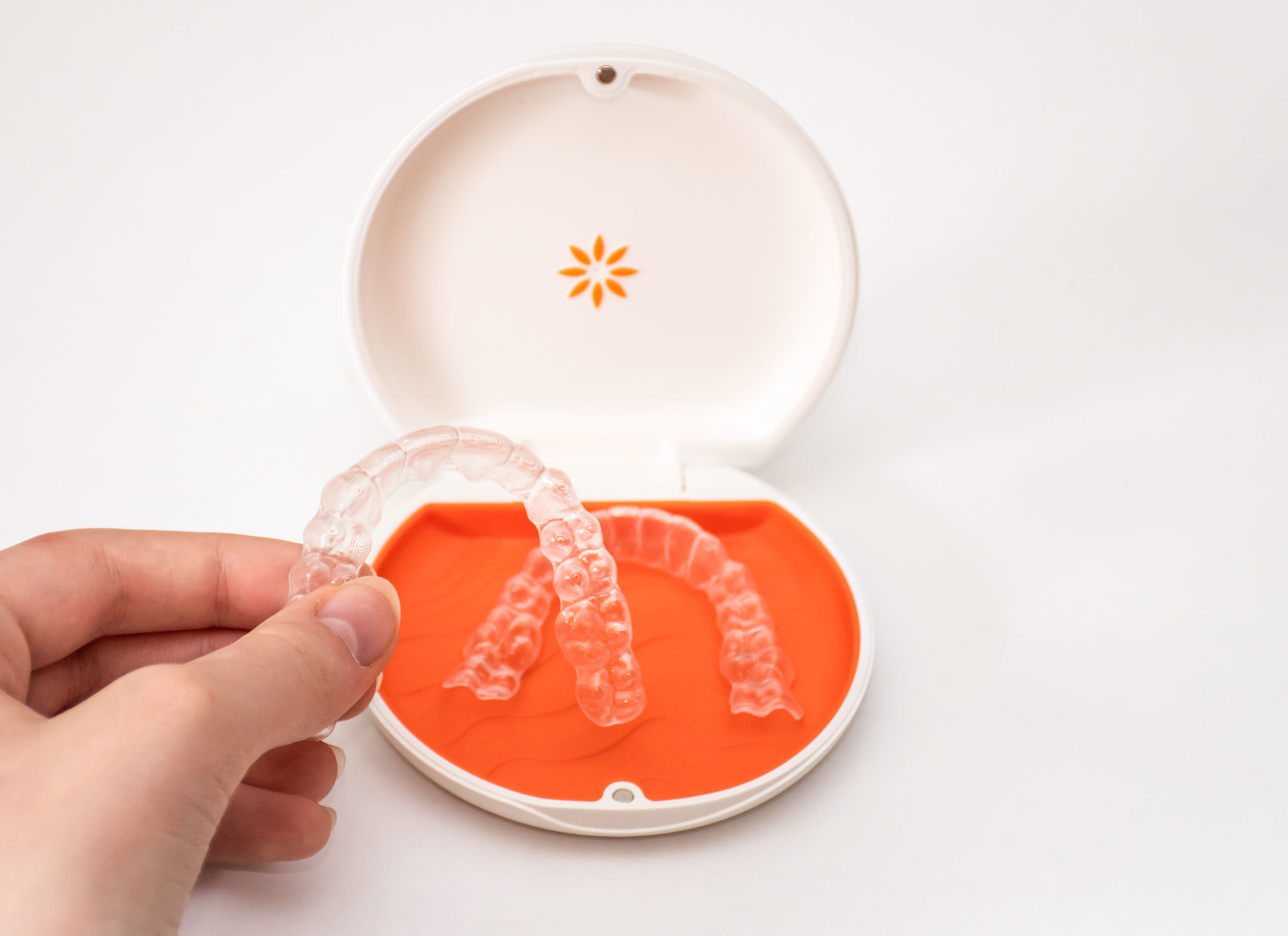Contents

Braces for Teenagers: A Complete Guide for Parents
Wearing braces is a key step for many teenagers. In this complete guide, discover the different types of appliances suitable for teens, their pros and cons, and tips for a successful orthodontic treatment at this age. We will also address the issue of cost and possible insurance reimbursements.
What Are the Main Types of Braces for Teenagers?
Modern orthodontics offers increasingly discreet and comfortable solutions for teens:
Traditional Braces
Braces remain the most common appliance among teenagers. Composed of metal or ceramic brackets bonded to the teeth and connected by an archwire, they gradually move the teeth. Elastics may be added to correct specific problems.

Lingual Braces
Increasingly popular, lingual braces are composed of brackets bonded to the inner surface of the teeth, on the tongue side. Nearly invisible, they are as effective as traditional braces but are more expensive and complex to place and adjust.
Clear Aligners
"Invisible" braces consist of removable clear plastic trays, changed regularly to guide the teeth into their new position. Aesthetic, comfortable, and easy to maintain, they must, however, be worn 20 to 22 hours a day to be effective.

What is the Cost of Braces for Teenagers?
| Appliance Type | Price Range |
|---|---|
| Metal Braces | $3,000 to $7,000 |
| Ceramic Braces | $4,000 to $8,000 |
| Lingual Braces | $8,000 to $12,000 |
| Clear Aligners (e.g., Invisalign) | $3,500 to $8,000+ |
Clear aligners often represent a highly aesthetic and effective solution, with a price comparable to ceramic braces.
What Financial Aid is Available for a Teen's Braces?
Most dental insurance plans in the US provide some coverage for orthodontic treatments for dependents under 19. This typically includes:
- A lifetime maximum benefit for orthodontics.
- A co-insurance percentage (usually 50% of the cost).
It's essential to review your specific insurance plan as coverage can vary widely. Pre-authorization from your insurance company is highly recommended before starting treatment.
Why is Adolescence a Good Time for Orthodontics?
Several reasons make adolescence an ideal age to start or continue orthodontic treatment:
- Presence of most permanent teeth by age 12.
- Bone growth is not yet complete, making corrections easier.
- Treatments are often simpler than in adulthood (fewer extractions/surgeries).
- Insurance coverage is typically available.
What Are the Challenges of Orthodontics in Adolescence?
While treatments are generally more effective at this age, certain factors can complicate their successful outcome:
- Sometimes neglected dental hygiene.
- A fondness for sugary/acidic foods.
- Risks of impacts (sports).
- Impatience and aesthetic pressure.
The teen's commitment to the treatment, beyond the parents' wishes, is therefore essential for its success.
What is the Importance of Post-Treatment Retention?
After the active phase (12-24 months), a period of retention is essential to stabilize the results. Using a wire bonded behind the teeth or a removable retainer, it holds the teeth in their new position for several months/years. This stage is crucial to prevent relapse and maintain optimal alignment.

How to Optimize an Adolescent's Orthodontic Treatment?
A few simple tips to maximize the chances of success:
- Adhere to the orthodontist's appointments and instructions.
- Wear elastics or aligners for the prescribed time.
- Meticulous brushing (teeth/braces) and use of interdental brushes.
- Avoid sugary/acidic foods and tobacco.
- Diligently follow the retention phase.
The key to success: unwavering cooperation from the teen, supported by caring but firm parents.
Conclusion
Adolescence, between the presence of permanent teeth and the end of growth, is a pivotal period to start or finalize orthodontic treatment. While behavioral challenges should not be overlooked, the long-term benefits of treatment at this age are undeniable, both aesthetically and functionally.
FAQ About Braces for Teenagers
What is the ideal age for braces?
Most orthodontic treatments begin between the ages of 11 and 14, when most permanent teeth are in place. However, early intervention (from age 7) is sometimes indicated to correct jaw growth problems.
What are the most common reasons for teen orthodontics?
Teens often wear braces to correct misalignments, crowding, or unsightly or bothersome gaps. Orthodontics also helps restore proper function (chewing, speech) and facilitate hygiene.
Which appliance should a teen choose?
Braces, clear aligners, lingual braces... The choice depends on the type of problem to be treated, but also on the teen's expectations (aesthetics, comfort, discretion). A thorough discussion with the orthodontist will help determine the most suitable solution.
How long does an adolescent orthodontic treatment last?
The duration depends on the age, the technique used, and the severity of the defects to be corrected. An active treatment phase of 1 to 2 years is average, but some situations are resolved in 6 months, while others require up to 4 years of care.
Can you play sports with braces?
Yes, provided you wear a suitable mouthguard to prevent injuries and damage to the brackets. Clear aligners should be removed during practice. The orthodontist can give specific advice depending on the type of appliance and sport.
